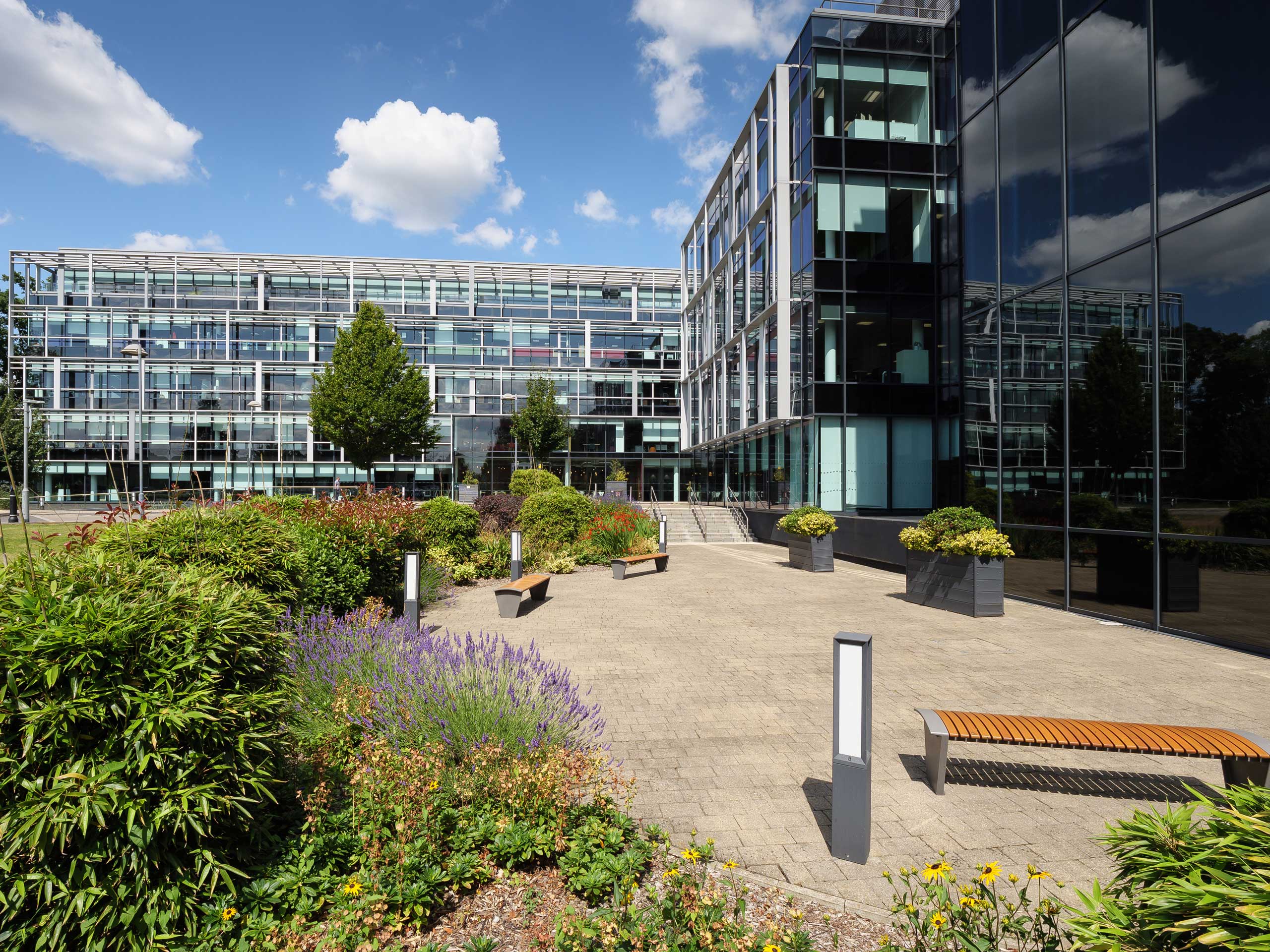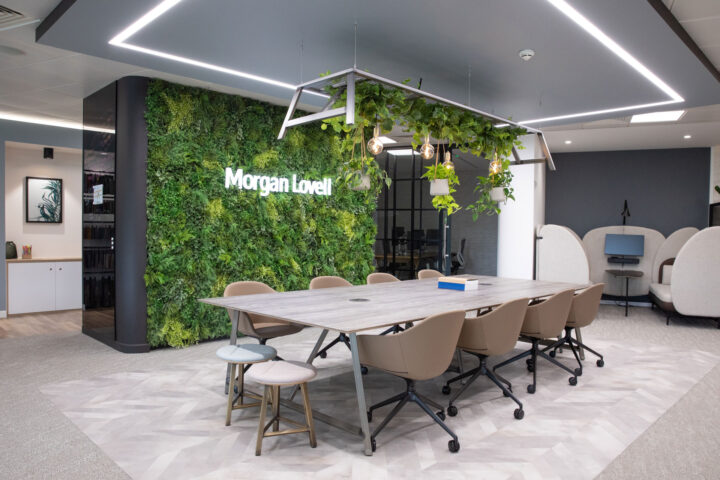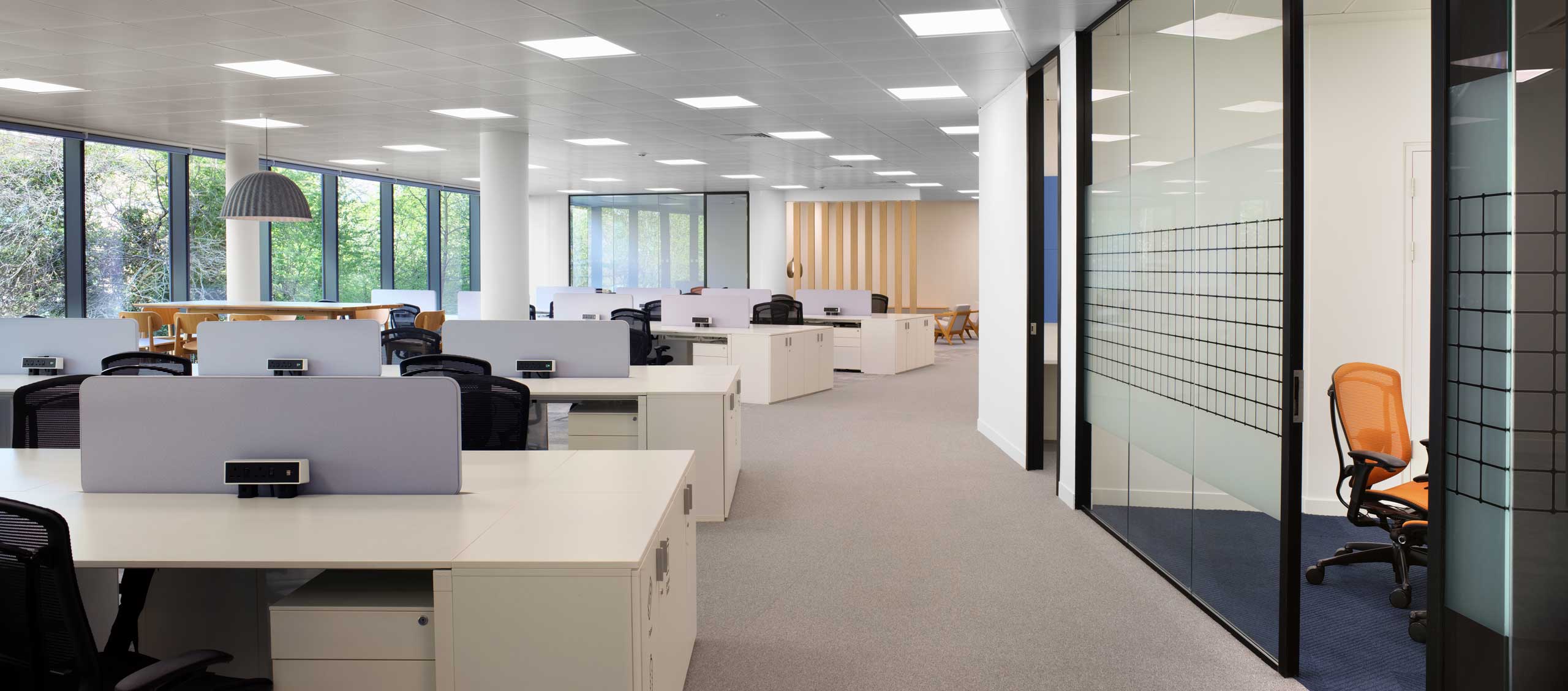Tired of feeling like a lost sheep in the world of sustainability? Fear not, for BREEAM is here to guide you through the green pastures of environmental ratings. Don’t let the cumbersome acronym intimidate you; it’s simply a tool to help buildings to be more eco-friendly.
Deep breath, BREEAM (Building Research Establishment Environmental Assessment Method) certification can help building owners and developers demonstrate their commitment to sustainability and environmental responsibility. Furthermore, it can lead to cost savings over the life of the building by reducing energy and water consumption and improving the indoor environment for occupants.
Whether you’re seasoned in sustainability or a newbie to the field, this occupier’s guide will have you talking BREEAM like an expert.
How does BREEAM work?
In a nutshell, BREEAM is a certification system that evaluates the environmental performance of buildings. It considers the procurement, design, construction and operation of a development against a range of targets based on performance benchmarks to evaluate a building’s specification, design, construction and use.
BREEAM encourages sustainable building practices and provides a framework for creating more environmentally-friendly buildings. It assesses the building’s design, construction, and operation across various categories, including energy and water use, materials selection, waste management, pollution, health and wellbeing, and ecology. The system is widely used in the UK and Europe and is recognised globally as a leading sustainability assessment tool.
BREEAM assessment categories
The BREEAM assessment is divided into nine categories covering different aspects of a building’s sustainability. Buildings are scored on a scale of Pass, Good, Very Good, Excellent, and Outstanding, based on the number of credits they achieve.
Below, we explore some of these categories in detail.
Management
The Management category covers aspects of building management, including commissioning, stakeholder participation, responsible procurement, health and safety management, and building performance monitoring.
To achieve a high score in this category, a building must demonstrate effective management practices that promote sustainable operations, reduce environmental impacts, and promote occupant health and safety.
Health and wellbeing
This category aims to create a healthy and comfortable indoor environment for building occupants. It looks at indoor air quality, lighting, thermal comfort, acoustic performance, and access to outdoor spaces. To score well in this category, a building must demonstrate that it provides a healthy and comfortable environment that promotes occupant well-being and productivity.
Energy
This section aims to reduce a building’s energy consumption and greenhouse gas emissions. It includes energy-efficient design, efficient heating and cooling systems, renewable energy generation, and energy management systems. For a high score in this category, a building must demonstrate it has implemented effective measures to reduce energy consumption and emissions.
What does BREEAM mean for occupiers?
BREEAM is a widely recognised and respected environmental assessment method and building certification scheme. For occupiers, BREEAM certification can bring significant benefits, such as providing a healthier and more sustainable built environment, reducing energy costs, and contributing to the broader goal of mitigating climate change.
Benefits of BREEAM for occupiers
Buildings with BREEAM certification are designed and constructed to high environmental performance standards. This means they are likely to have better air quality, use safer materials for human health and have other features that can contribute to occupants’ well-being.
Certification can help reduce energy costs; certified buildings are designed to be energy-efficient, meaning they use less energy for heating, cooling, and lighting. This can result in lower energy bills for the occupiers, leading to significant cost savings over the long term.
Buildings are responsible for significant global greenhouse gas emissions, and those occupying a BREEAM-certified building can play their part in reducing these emissions. Certified buildings typically have lower carbon footprints, producing fewer emissions throughout their lifecycle, from construction to demolition. Ultimately, BREEAM certification can contribute to the broader goal of mitigating climate change.
Conclusion
BREEAM has become a widely recognised and respected green building rating system, with over 2.2 million registered buildings worldwide. It has helped to drive innovation in the construction industry and promote sustainable design and construction practices.
The system constantly evolves and adapts to meet new challenges and address emerging sustainability issues. BREEAM is well-positioned to play an essential role in shaping the future of the built environment and promoting a more sustainable, resilient, and equitable world.
Grade-A office space in the perfect working environment
Maxis is proud to be rated BREEAM ‘Excellent’ representing best practice for sustainability performance. At the end of 2022, we successfully installed 46,444 sq ft of solar PV at Maxis, saving 238 tonnes of CO2 per year, the equivalent of planting 10,914 trees. By the end of 2023, we are aiming for both buildings to be fully electric. To learn more, get in touch with us today.



